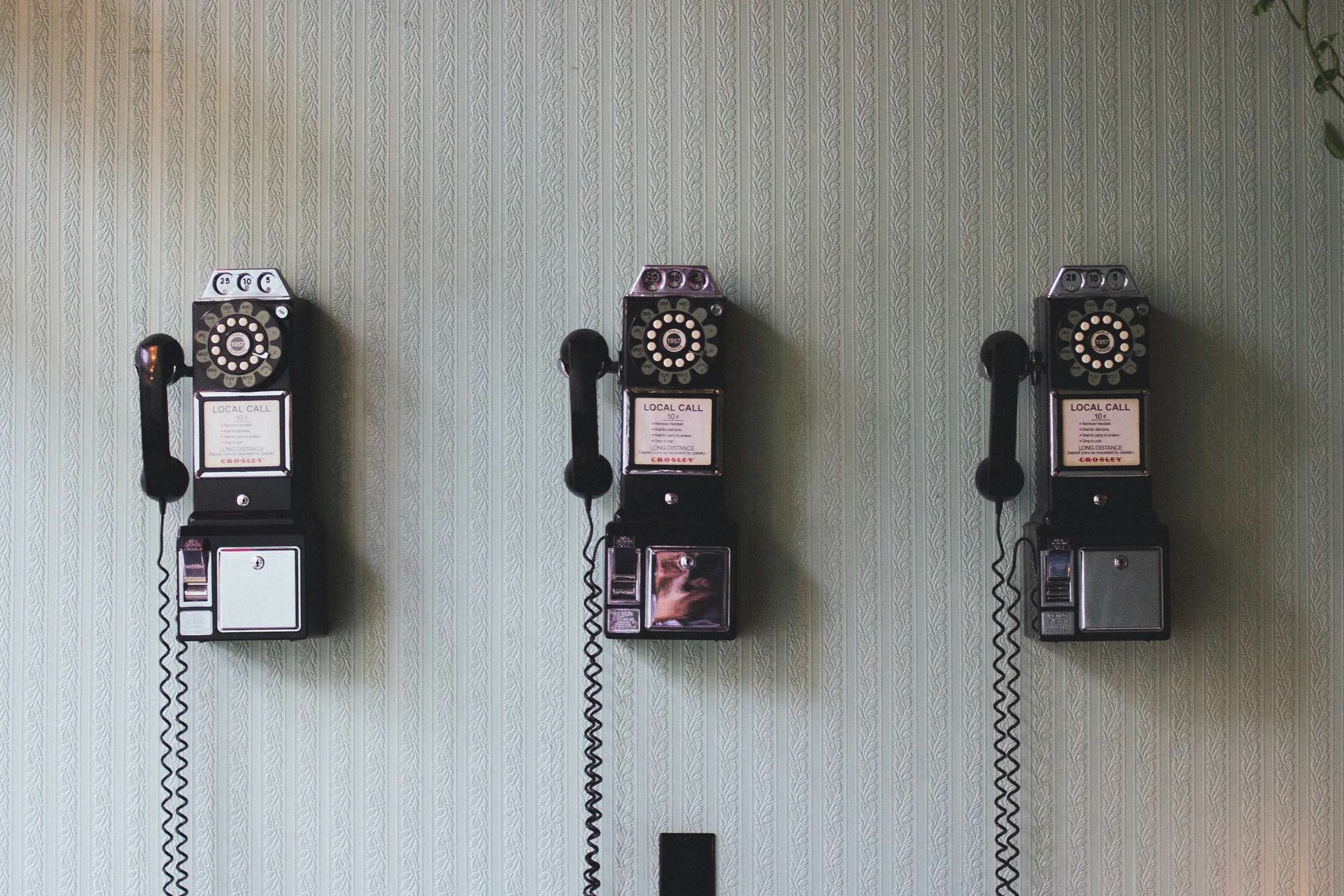Emotions As An Ally, Not An Enemy
As a coach, certified in emotional intelligence, I can tell you emotions are always present. When people are faced with a challenge, change, or decision, emotions are most definitely present. But many times I observe clients treating their feelings as an enemy not to be trusted, to be afraid of, or to be at war with.
Hey, I get it! I too am human first and foremost. And, feelings can be overwhelming and confusing at times.
What I have learned is that emotions can be an ally! Our feelings give us important information we can use. They are data that can help us be more purposeful choosing our actions.
In past articles we learned about emotional awareness, and started down the road of navigating emotions by using mindful practices. As we continue down that road, it’s time to ask,
What are these emotions telling me?
How can I use this information to take action?
This takes navigating our emotions to the next level.
Ring…Ring….our emotions are calling! Let’s see what they have to tell us.
What Emotions Can Tell Us and How They Can Help Us
The table below lists some common feelings, followed by possible meanings and how they might help us.
Start by asking, “When I feel _______ emotion, it is telling me _______. I can use this information to __________.”
Adapted from Six Seconds Plutchik’s Wheel of Emotions. Check out the interactive site to investigate more emotions that are not represented in the table above.
Looking at the table above, what might this look like in your life? Can you apply any of the above examples to situations in your life?
How might we apply and expand upon the table above?
Applying Emotions’ Meaning and How to Use Them
Let’s take a simple example many parents of children and teens may face. My daughter is not cleaning her room when repeatedly asked.
-
I realize I am feeling angry and frustrated.
-
Something is in the way of the outcome I want. I need her to clean her room without repeatedly asking.
-
Anger is a strong emotion that brings a lot of energy. I can use that energy to overcome this barrier.
-
I want less struggle and her room clean. I want to preserve a healthy relationship.
-
Screaming, losing my temper, and being overly punitive, which can harm our relationship.
-
I can express my anger in an assertive, not aggressive way. I can use my energy to problem-solve.
-
Together we can cultivate ideas to overcome the challenge. What supports might she need? What distractions are in her way? What consequences are fair for not doing chores when asked.
You might notice in the example, in addition to feeling angry I was stressed. That stress was telling me I care about something that is at risk or in danger. In this example, I cared about the relationship with my daughter and wanted to protect it. I also cared about my own emotional well-being and needed to find a way to remove the barrier (not cleaning her room when asked) that protected that too.
I used my energy to generate excitement about co-creating a plan with my daughter. Excitement can help us spark creativity and connection.
Think about situations where you had some strong emotions. In what ways might you address those situations using emotions as an ally?
Consider journaling about your emotions. Practice asking what they are telling you and how they might help you. You might use the prompt “When I felt _______, it was telling me _______. I can use this information to __________.”, and expand from there if that is helpful. You could also discuss this with a coach, therapist, friend, or significant other.
The more we practice recognizing our emotions and understanding what they are telling us, the more natural it becomes to use them as an ally, not an enemy.





